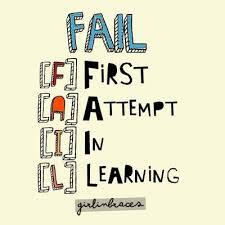Feedback. Beyond the Mark.

Much of what we do in English class is about process: reading deeply and creating analytic notes, planning, organizing, drafting, editing, and publishing writing, viewing various texts and thinking through the stories they are telling. Before, during, and after the processes, we support our learning with feedback strategies. We develop success criteria, conference together, talk to one another, share our work, and provide written comments. We don’t often fail outright.
But last week, you wrote a test.
It wasn’t a test of memorization, of regurgitating names and dates. Rather, it was a test of skills and problem solving. Show how well you can read and annotate a text. Show how you support your thinking with evidence. Show how you apply MLA rules. Show how you can apply the rules of grammar in editing. And because you could use any resource in the room to help you (other than a person…no phone a friend in this test, although that is a great strategy) –your binder, your hanging folder, the literacy tool kit, dictionaries, and Chromebooks — this test was also about demonstrating how you are able to solve challenges and overcome obstacles in your learning.
Tests can be failed.
What does that test result tell you about your learning? What feedback is it providing to you?
More than anything else this semester, we are learning to be learners. We have been learning about and practicing growth mindset all semester. We have set long-term goals and created a plan to help us reach those goals.
When you get your test back, take some time to think about what the feedback is. Remember that feedback is not about praise or blame, approval or disapproval. Feedback is neutral. It describes what you did and did not do (Wiggins). Then post your thoughts to your blog about that feedback.
